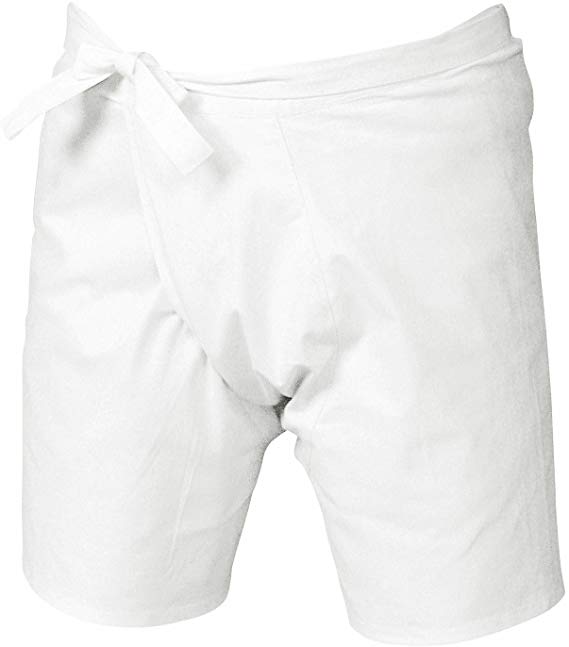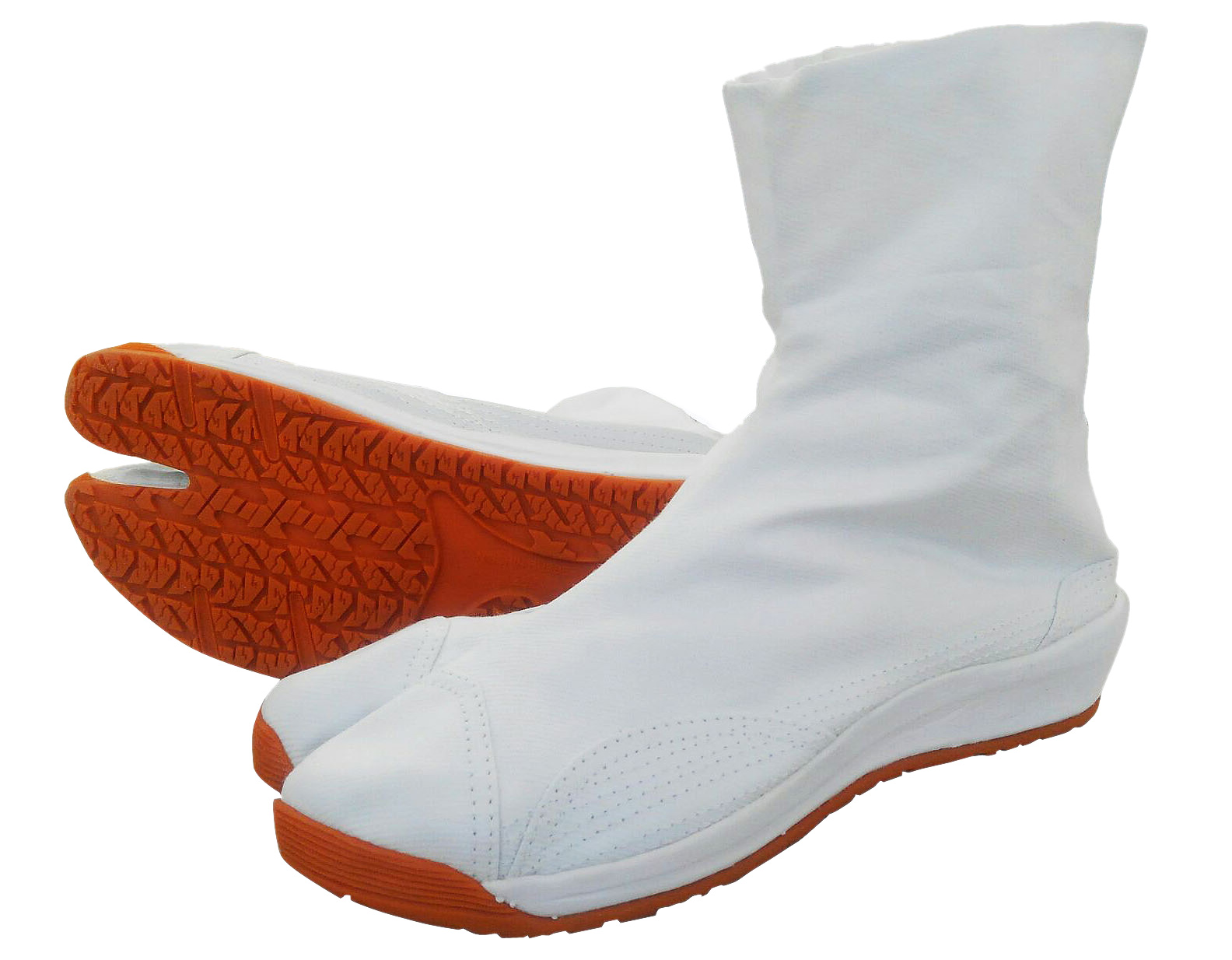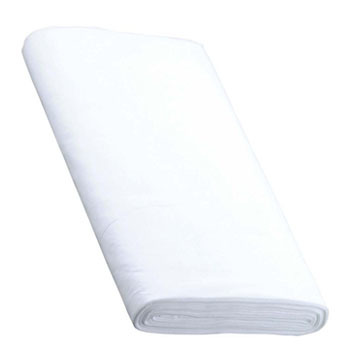Important Notice for Mikoshi Carriers
June 1, 2025
The mikoshi (portable shrine) is a sacred object. To ensure its proper handling and maintain the solemnity of the festival, there are several rules that must be strictly observed when carrying it. Please read the following instructions carefully and adhere to them.
Failure to follow these rules may result in your participation being terminated at the discretion of the mikoshi supervisor or officers of the Omachi Yakumo Mikoshi-kai. Please make sure you are fully aware of these rules in advance.
2025 Omachi Festival - Carrying the Portable Shrine
| Implementation Date: | |
| Saturday, July 12, 2025 | |
| OWATARI (Daytime Procession) | |
| The "Owatari" is the daytime procession of the mikoshi on the first day of the festival. The mikoshi is carried by men dressed in hakuchou, traditional shrine work attire consisting of a white gown and a black hat. | |
| 12:00 PM | Meet at Omachi Kaikan (lunch provided, change into attire) |
| 1:00 PM | Start of procession – expected to end around 5:00 PM (dinner provided at Omachi Kaikan) |
| MIKOSHIBURI (Evening Mikoshi Carrying Event) | |
| This is a standard mikoshi carrying event, and women are also welcome to participate. | |
| 6:00 PM | Meet at Yakumo Shrine |
| 7:00 PM | Start of event – expected to end around 9:30 PM |
Important Suggestions
| Clothing | |
| - | White half-Handako pants must be worn for both day and night events. Long or colored pants are not permitted. |
| - | Please wear white tabi socks. These should have no more than seven kohaze (small hooks). |
| - | The Haku-chou and Eboshi (hat) for the daytime procession costumes will be available for rent at the meeting place on the day of the event. |
| - | For the night Mikoshiburi, please wear an Omachi Mikoshi hanten (festival jacket). If you need to rent a hanten, please apply for it when you register your participation. |
| Notices | |
| - | Drinking alcohol while carrying the portable shrine is strictly prohibited. |
| - | Please cooperate by being punctual. Also, we ask for your cooperation in staying until the end of the procession/event without leaving midway. |
| - | If you are unavoidably absent on the day of the event, please be sure to contact the store where you applied or an Omachi Yakumo Mikoshi-kai board member. |
| - | Please take care of your own physical condition during the Shinko (procession/event). Do not overexert yourself. If you feel unwell, please immediately contact the person in charge of the portable shrine or an Omachi Yakumo Mikoshi-kai officer. |
| - | Please follow the instructions of the Omachi Yakumo Mikoshi-kai officers and mikoshi managers at all times. |
| - | We kindly ask for your cooperation to ensure the festival is both safe and enjoyable for everyone. |
| FYI: Where to Find Festival Attire | |
| * | In the Omachi area, Tabi Shoes (split-toe shoes) can be purchased at Sagaya Kimono Shop (1-2-12 Komachi, Kamakura City, Tel: +81 467-22-2528). Tabi Shoes can be custom-ordered to size, so please inquire as soon as possible. Tabi Shoes can also be purchased at festival goods stores online. |
Tips for Choosing Your Attire
How to Choose Half-Handako Pants
To choose the right size, match the measurement of the thickest part of your thigh to the hem opening of the half-Handako pants. A snug fit is considered the most stylish way to wear them. Immediately after purchase, it's recommended to soak them in warm water to remove any starch before wearing them for the first time.
How to Choose Tabi Shoes
Tabi socks are designated as white with rubber soles (jikatabi). The size should fit your foot exactly – neither too big nor too small. As a rule of thumb, choose a size that is about 5 mm smaller than your usual shoe size. While it's common to wear them on bare feet, you can prevent slippage by choosing the perfect size and using commercially available inner socks, such as five-toe socks or tabi socks liners.
The metal fasteners on Tabi Shoes are called kohaze (small hooks). Typically, there are four kohaze, but some have five, seven, or even more. Historically, four hooks were common in the Kanto region, and five in Kansai. When choosing Tabi Shoes, the number of kohaze is important. Fewer hooks mean a shorter instep (the part from the heel to the ankle), while more hooks mean a longer instep. A longer instep offers better ankle protection, which is highly recommended for the fast-paced mikoshi carrying style of the Omachi Festival. We suggest at least five hooks to protect your ankles.
Sarashi (Bleached Cotton Abdominal Wrap)
The sarashi is essential for protecting your waist. Please choose a material made of 100% cotton; half a sheet is usually sufficient, as a full sheet can be too long. Immediately after purchase, soak the cloth in warm water to remove any sizing or starch before use.
After soaking, lightly dehydrate the fabric and fold it in half before it dries completely. While folding, wrap it around a stick-shaped object (a Saran wrap core works well).
When actually wrapping it around your body, slightly moisten it. For men, wrap it tightly from below the navel up to the bottom of the chest. For women, wrap it up to the top of the chest. To achieve a tighter wrap, slightly twist the sarashi as you go to create some elasticity. Once wrapped, secure it in place by pinching it over the wrapped sarashi, ensuring there are no loose ends.
Wearing a Shirt Under Your Hakuchou or Hanten
If you wish to wear a shirt under your Hakuchou or Hanten, please choose a white dabo shirt or koiguchi shirt. From our experience, we recommend 100% cotton for both types of shirts.
A dabo shirt is, as the name suggests, a short, loose-fitting shirt. It's worn loosely with the hem outside of your half-Handako pants.
A koiguchi shirt has narrowed sides and seven-minute (3/4 length) sleeves that resemble the mouth of a carp. This shirt was traditionally designed for mikoshi carriers. Its hem is worn tucked inside your half-Handako pants.
These types of traditional costumes are now readily available at online stores, so you can search for them there.

Handako pants

Tabi socks

Sarashi